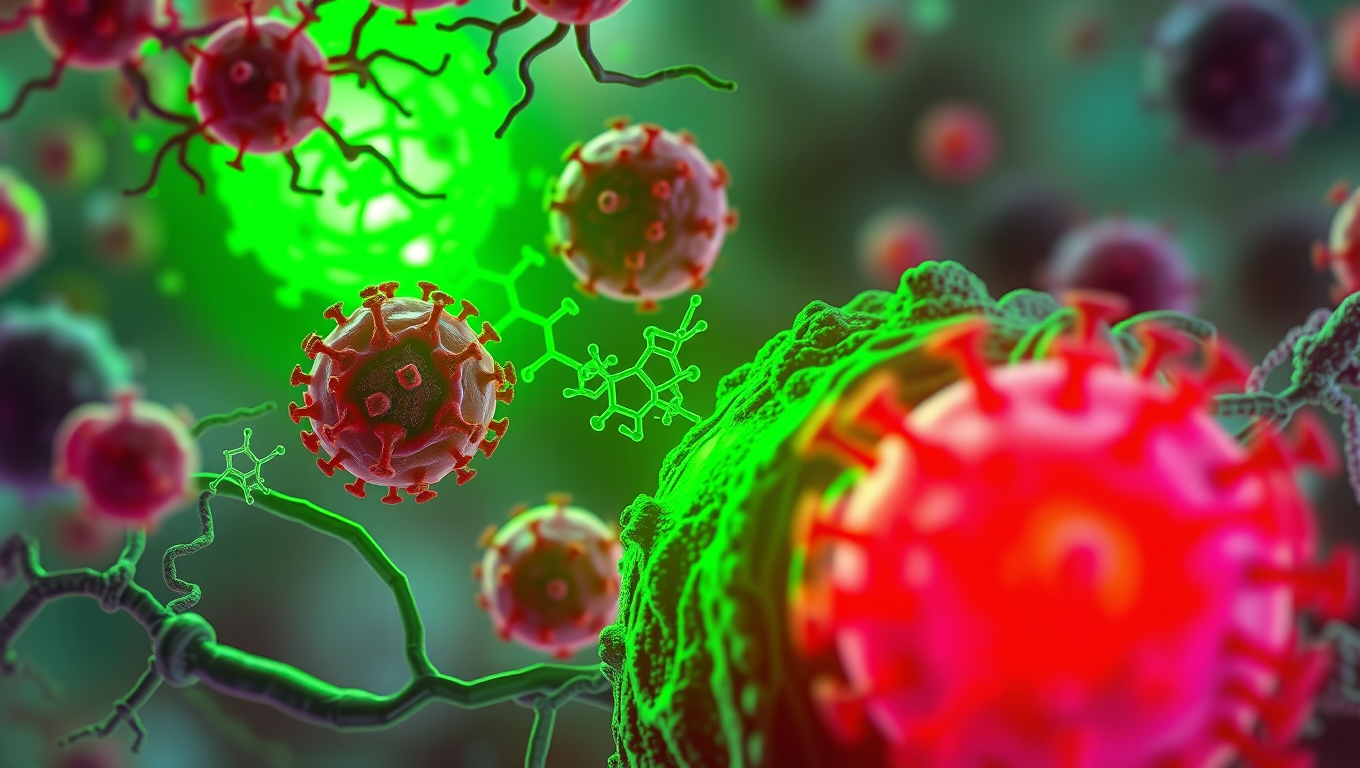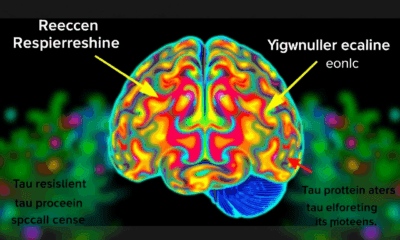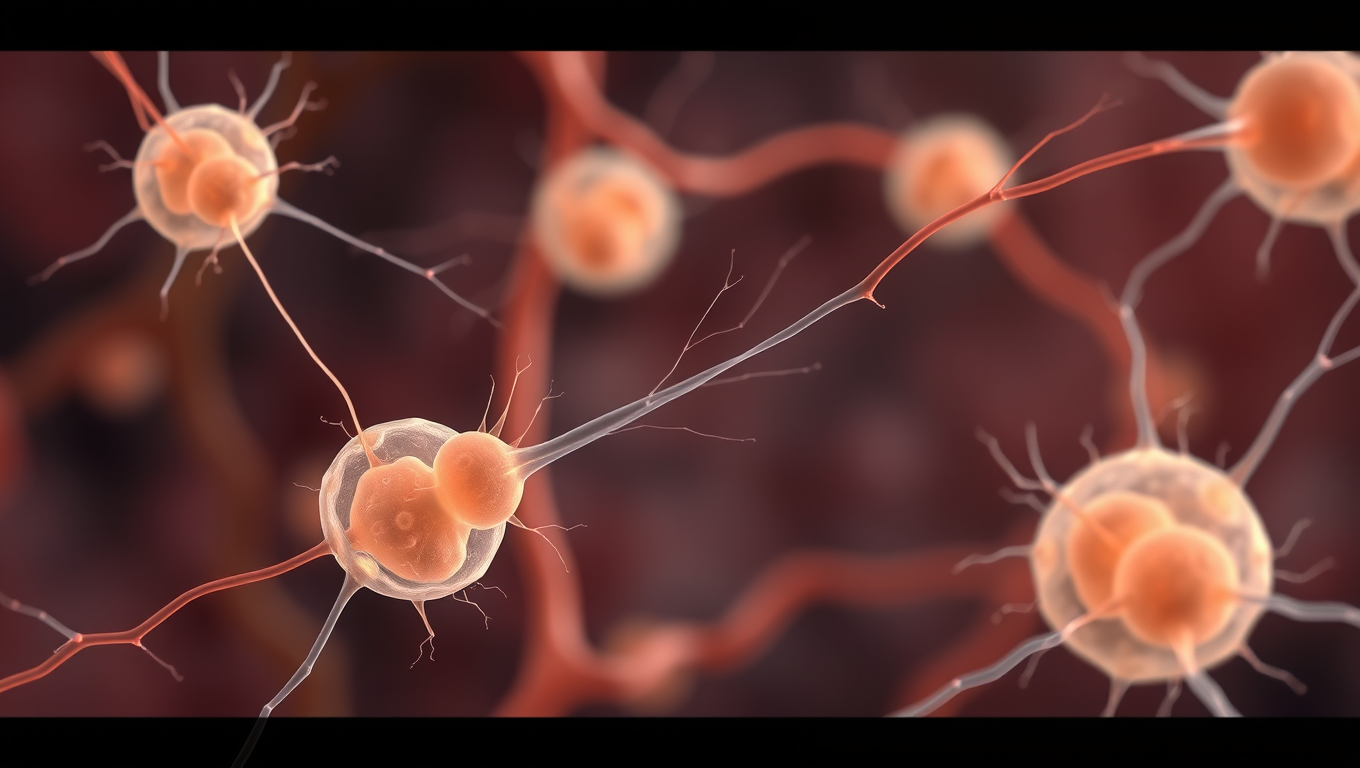While we try to keep things accurate, this content is part of an ongoing experiment and may not always be reliable.
Please double-check important details — we’re not responsible for how the information is used.
Biotechnology and Bioengineering
Gut Microbes Unleash Cancer-Fighting Bile Acids with Anti-Androgen Properties
Bacteria naturally present in the human intestine (known as the gut microbiota) can transform cholesterol-derived bile acids into powerful metabolites that strengthen anti-cancer immunity by blocking androgen signaling, according to a preclinical study.

Biochemistry Research
The Whispering Womb: Uncovering the Secret Language of Embryonic Cells
Scientists found that embryonic skin cells “whisper” through faint mechanical tugs, using the same force-sensing proteins that make our ears ultrasensitive. By syncing these micro-movements, the cells choreograph the embryo’s shape, a dance captured with AI-powered imaging and computer models. Blocking the cells’ ability to feel the whispers stalls development, hinting that life’s first instructions are mechanical. The discovery suggests hearing hijacked an ancient force-sensing toolkit originally meant for building bodies.
Biotechnology and Bioengineering
Unlocking the Secrets of Aging: Scientists Discover the Switch that Controls Cellular Renewal
Scientists have discovered that starving and then refeeding worms can reveal surprising secrets about aging. When a specific gene (called TFEB) is missing, these worms don’t bounce back from fasting—they instead enter a state that looks a lot like aging in humans, with signs of stress and cell damage. This research gives scientists a simple but powerful way to study how aging begins—and how it might be stopped. Even more intriguing, the same process might help explain how some cancer cells survive treatment by going into a kind of sleep mode.
Agriculture and Food
The Sleeping Side Preference of Cats: A Survival Strategy?
Cats overwhelmingly choose to sleep on their left side, a habit researchers say could be tied to survival. This sleep position activates the brain’s right hemisphere upon waking, perfect for detecting danger and reacting swiftly. Left-side snoozing may be more than a preference; it might be evolution’s secret trick.
-

 Detectors3 months ago
Detectors3 months agoA New Horizon for Vision: How Gold Nanoparticles May Restore People’s Sight
-

 Earth & Climate4 months ago
Earth & Climate4 months agoRetiring Abroad Can Be Lonely Business
-

 Cancer4 months ago
Cancer4 months agoRevolutionizing Quantum Communication: Direct Connections Between Multiple Processors
-

 Agriculture and Food4 months ago
Agriculture and Food4 months ago“A Sustainable Solution: Researchers Create Hybrid Cheese with 25% Pea Protein”
-

 Diseases and Conditions4 months ago
Diseases and Conditions4 months agoReducing Falls Among Elderly Women with Polypharmacy through Exercise Intervention
-

 Albert Einstein4 months ago
Albert Einstein4 months agoHarnessing Water Waves: A Breakthrough in Controlling Floating Objects
-

 Chemistry3 months ago
Chemistry3 months ago“Unveiling Hidden Patterns: A New Twist on Interference Phenomena”
-

 Earth & Climate4 months ago
Earth & Climate4 months agoHousehold Electricity Three Times More Expensive Than Upcoming ‘Eco-Friendly’ Aviation E-Fuels, Study Reveals





























